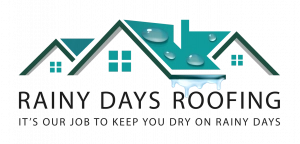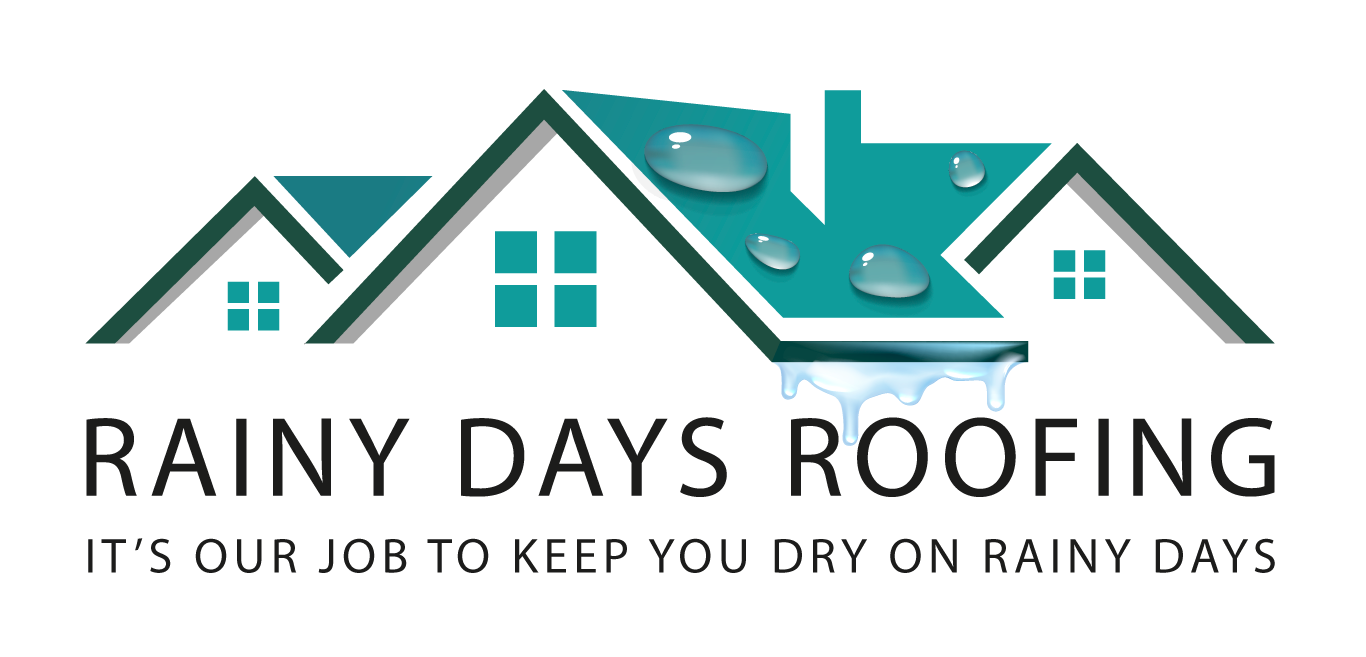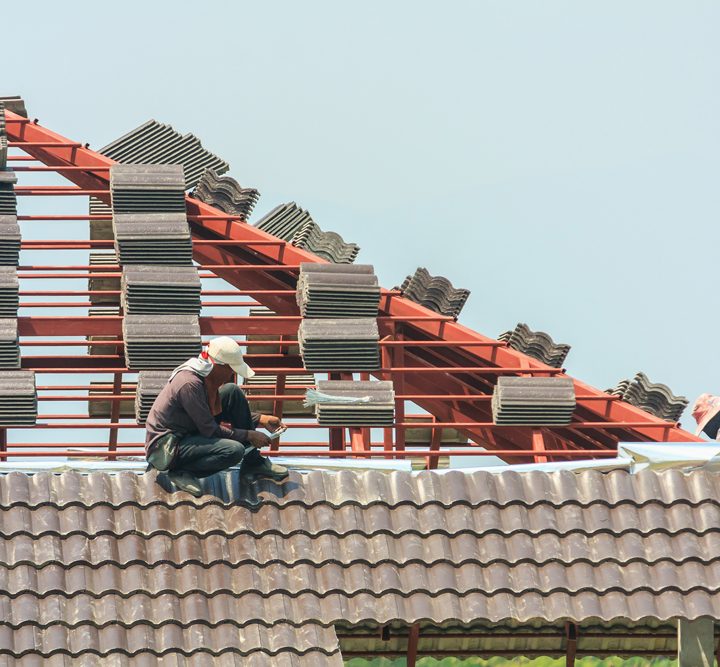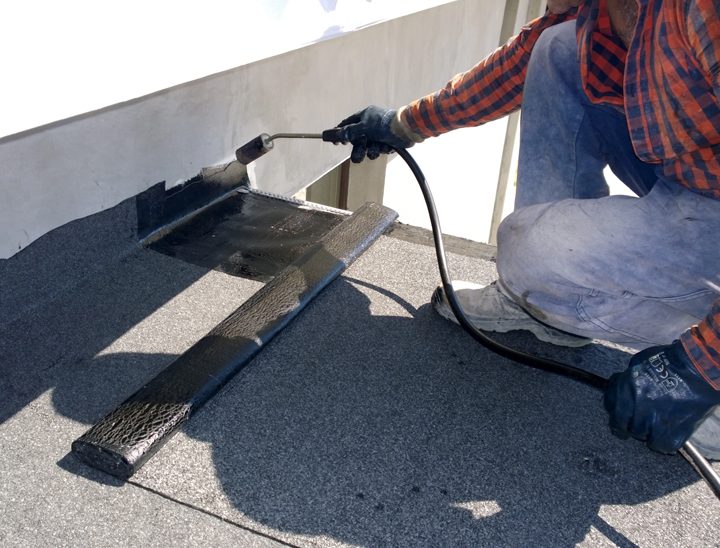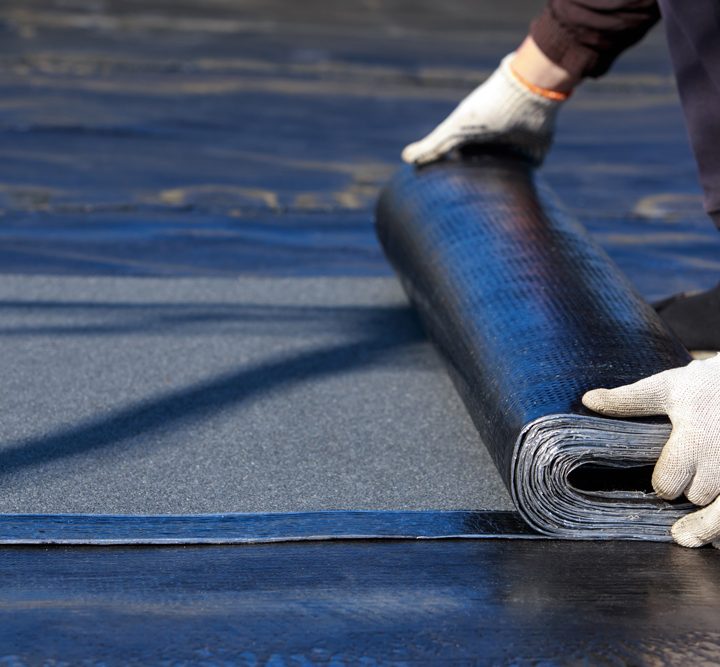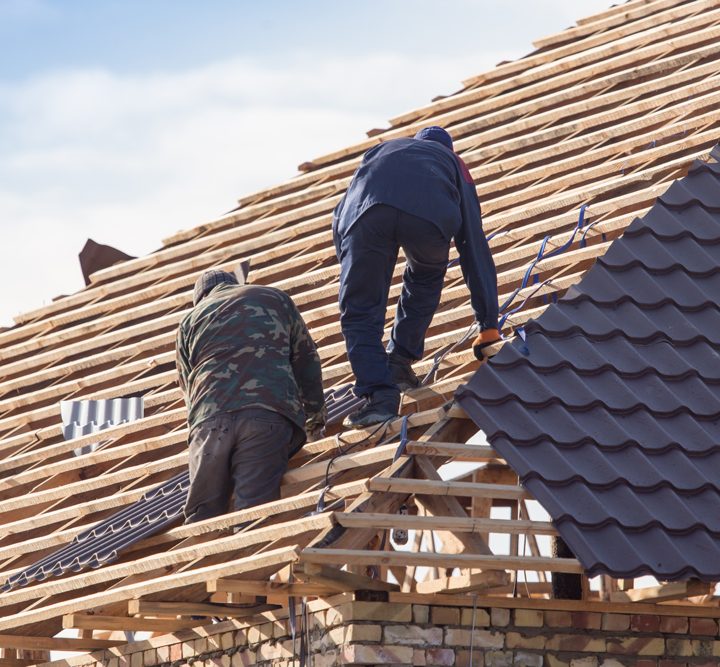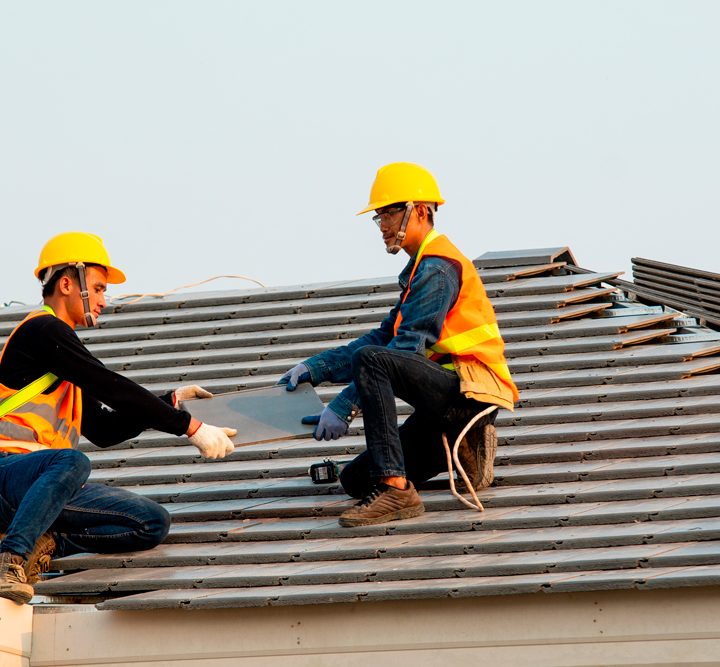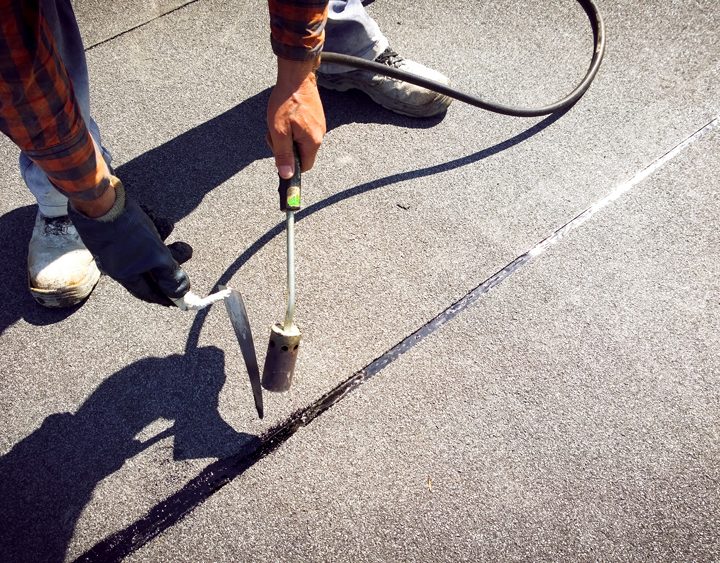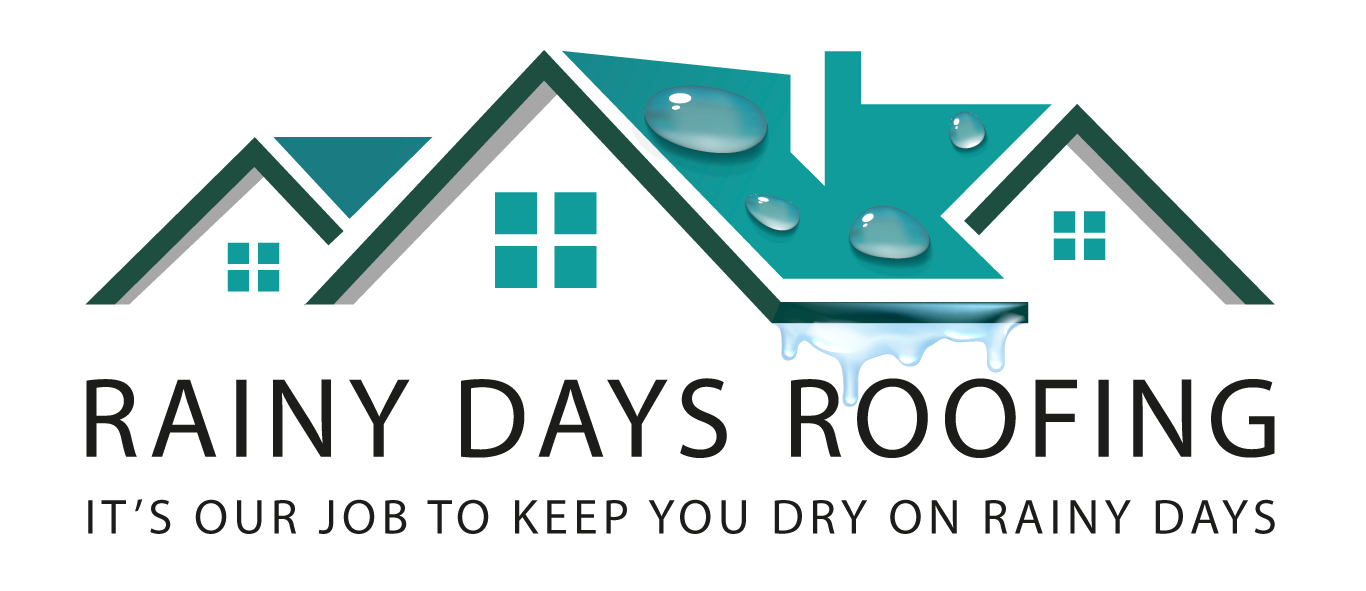The Best Roof Coatings to Reflect Sunlight and Reduce Cooling Costs
Introduction
As summer temperatures climb, homeowners increasingly seek effective solutions to keep their homes cool and reduce energy bills. One proven method is applying roof coatings designed specifically to reflect sunlight. These coatings minimise heat absorption by bouncing solar rays away, leading to cooler indoor temperatures and significant reductions in cooling costs. In this article, we explore the best roof coatings to reflect sunlight, their advantages, and practical guidance on choosing and applying the right product for your home.
What Are Reflective Roof Coatings?
Reflective roof coatings are specialised materials applied to roofing surfaces that deflect a substantial portion of solar radiation. Typically, these coatings include reflective pigments like titanium dioxide or ceramic beads, enhancing their ability to bounce sunlight and emit absorbed heat. By reducing heat penetration through the roof, reflective coatings help maintain a cooler indoor climate and lessen the demand on air conditioning systems. This effect not only saves energy but also reduces your carbon footprint.

Benefits of Using Reflective Roof Coatings

Reflective roof coatings provide numerous benefits. Primarily, they reduce energy consumption by decreasing the amount of heat entering a building, thereby lowering cooling expenses. These coatings also protect your roof from damage caused by ultraviolet (UV) radiation and thermal cycling, which can lead to premature ageing and cracking. Additionally, reflective coatings contribute to alleviating the urban heat island effect, helping to cool local neighbourhoods. Homeowners may also qualify for environmental incentives or rebates for using energy-efficient roofing materials, as supported by industry standards outlined by the British Standards Institution for roofing and cladding products.
Types of Reflective Roof Coatings
Several types of roof coatings are known for their reflective properties:
Acrylic Coatings: Water-based, affordable, and easy to apply, acrylic coatings offer excellent reflectivity. They perform well in dry climates and are a popular choice for residential roofs.
Silicone Coatings: Known for exceptional durability and resistance to ponding water, silicone coatings maintain reflectivity over time and resist harsh weather conditions.
Elastomeric Coatings: These flexible coatings can bridge small cracks, making them ideal for roofs that expand and contract with temperature changes. They provide excellent UV protection and weather resistance.
Polyurethane Coatings: Offering strong adhesion and durability, polyurethane coatings are often used on metal roofs and provide good reflectivity, though they tend to be pricier.
For detailed technical specifications and compliance requirements for these materials, it is advisable to consult the comprehensive set of standards for roofing products published by the British Standards Institution, which covers a broad spectrum of roofing system standards to ensure quality and performance.
Choosing the Right Roof Coating for Your Home
Selecting an appropriate reflective roof coating depends on your roof type, local climate, and budget. For example, silicone coatings are suitable for areas with heavy rainfall due to their water resistance. Acrylic coatings, meanwhile, are more cost-effective and ideal for moderate climates. Elastomeric coatings work well on roofs subject to thermal movement, while polyurethane coatings are preferred for metal roofs requiring superior protection. Consulting the British Standards Institution’s technical guidance can provide crucial insights into compliance and performance expectations, helping you make an informed decision.

Application and Maintenance Tips
Proper preparation is key for effective roof coating application. Begin by cleaning the roof surface to remove dirt, moss, and loose debris. Apply the coating evenly using brushes, rollers, or spray equipment, usually in multiple layers for durability. Regular inspections help detect cracks, peeling, or wear; reapply coatings as recommended by the manufacturer to maintain reflectivity and protection. Properly maintained reflective coatings can significantly extend your roof’s lifespan while improving energy efficiency.
Environmental and Economic Impacts
Reflective roof coatings offer environmental benefits by reducing cooling energy demand and associated greenhouse gas emissions. They also mitigate the urban heat island effect, making cities and towns more comfortable during hot weather. Economically, reflective coatings lower energy bills and can increase property values. Many government schemes and energy programmes encourage the use of energy-efficient roofing materials, offering incentives to homeowners who invest in reflective coatings.

Enhancing Solar Panel Performance with Reflective Coatings
For properties equipped with solar panels, reflective roof coatings can enhance overall system efficiency. Cooler roof surfaces reduce panel temperatures, which helps maintain their energy output during hot periods. This synergy between reflective coatings and solar technology maximises energy savings and strengthens the return on investment from renewable energy systems.
Frequently Asked Questions (FAQ)
Q1: How long do reflective roof coatings typically last?
Most reflective coatings last between 5 to 15 years, depending on the product quality and maintenance.
Q2: Are reflective roof coatings suitable for all types of roofs?
Generally, yes. They can be applied to asphalt, metal, concrete, and other roofing materials, though it’s important to verify compatibility with manufacturers.
Q3: Are reflective roof coatings expensive?
Prices vary widely. Acrylic coatings are usually the most affordable, while silicone and polyurethane coatings are more expensive but offer better durability.
Q4: Do reflective roof coatings improve winter insulation?
No, these coatings primarily reduce summer heat gain. Winter insulation should be addressed separately with dedicated insulation materials.

Conclusion
Investing in roof coatings to reflect sunlight is an effective strategy to lower cooling costs and improve home comfort during warm months. Understanding your roof’s material and climate conditions helps select the right coating for optimal performance. With proper application and maintenance, reflective coatings protect your roof, save energy, and contribute to environmental sustainability. For further details on roofing care and maintenance, visit our guide on How Poor Gutter Maintenance Affects Your Roof and Foundation.
Author
